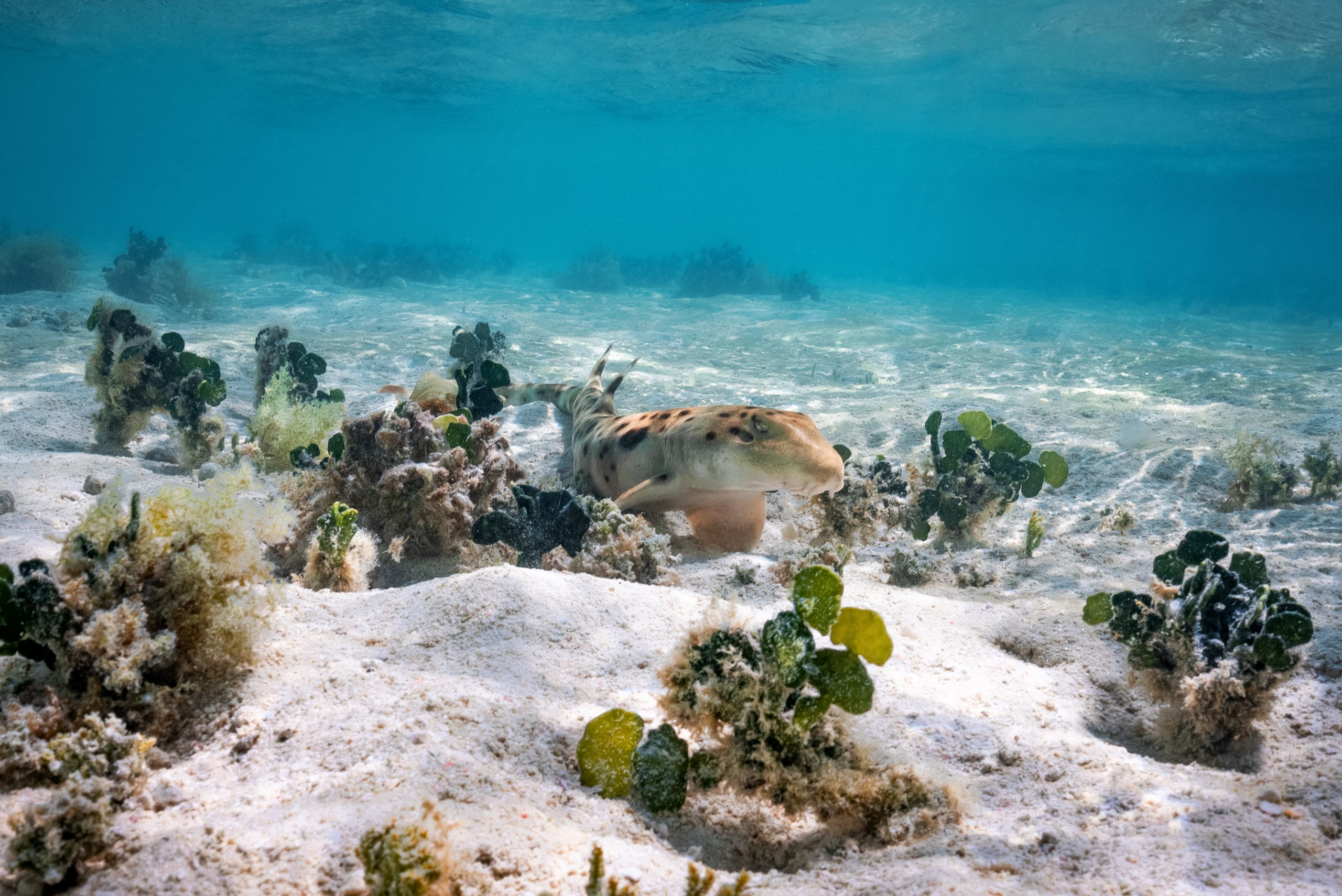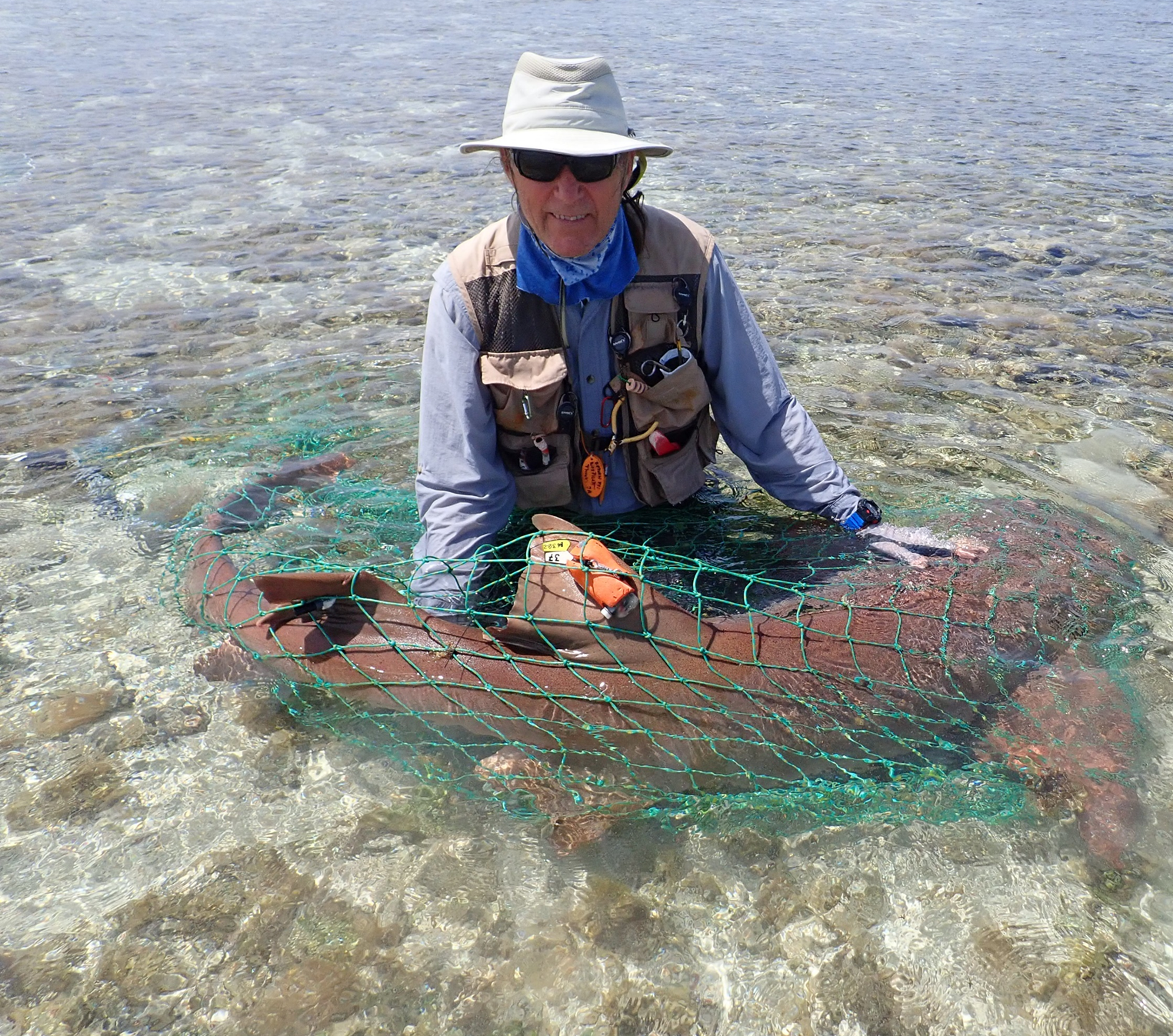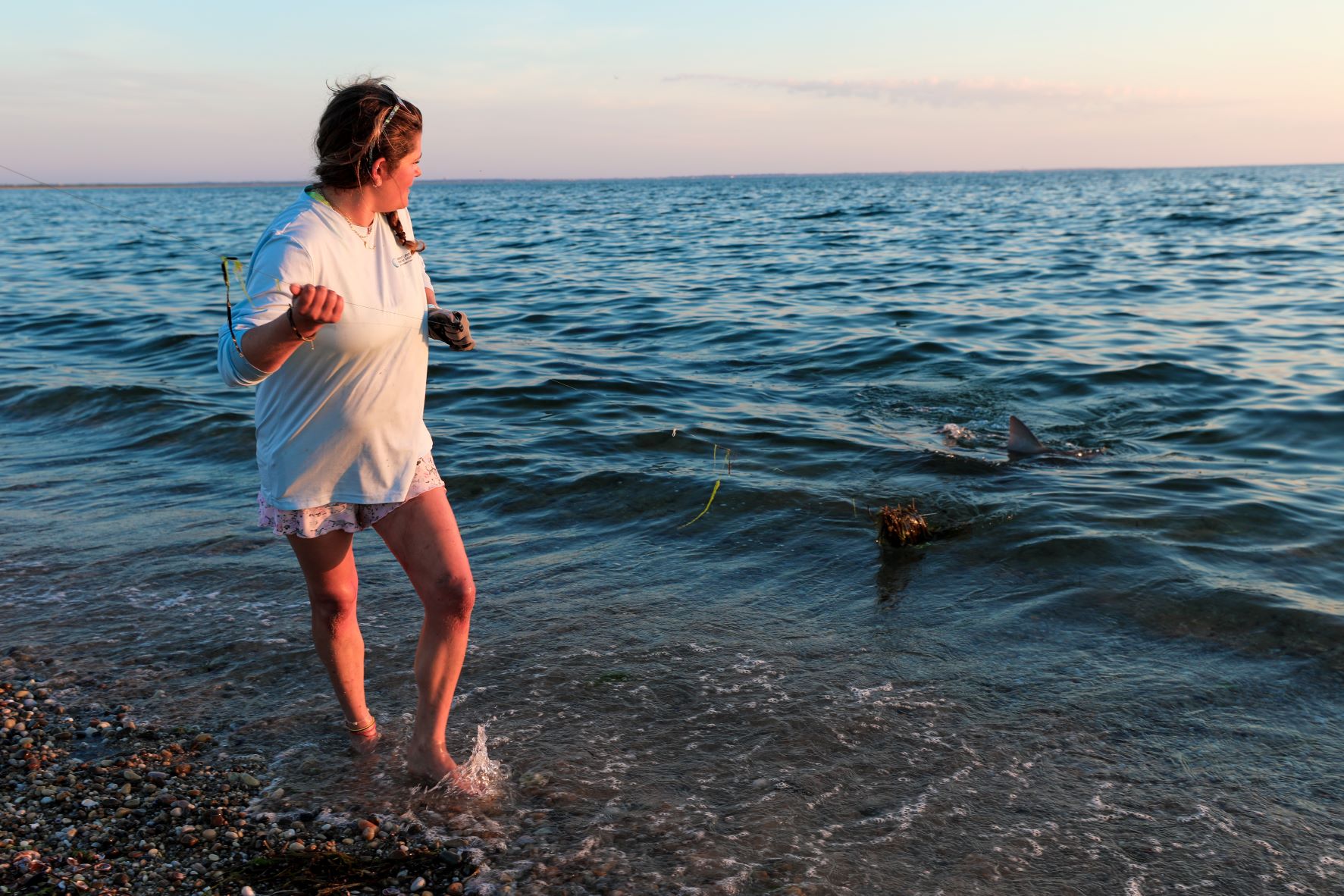Please note: We strongly recommend purchasing tickets online in advance during the heat wave, as our ticket booth is located outdoors.
The Shark Questions Our Scientists Always Wanted to Answer
During Shark Week, we asked our shark scientists: What are some questions about sharks you wish you were asked? Check out their answers below!
By New England Aquarium on Wednesday, August 10, 2022


Do sharks need to swim to breathe?
Some species do and some do not! Sharks like the white shark, mako shark, and the great hammerhead shark have to swim to allow water to pass over their gills. Species like the nurse shark or epaulette shark can “buccal pump,” which means they can actively pump water over their gills, allowing them to breathe.
How many kinds of sharks are there?
Scientists are still finding new species of sharks, but currently there are over 480 known species of sharks in the world!

How long can sharks live?
This depends on the species of sharks. Some sharks, like the smooth dogfish, can live to be 10–15 years old, while other sharks like sandbar sharks can live to be over 30 years old. The oldest shark is the Greenland shark, which scientists recently discovered can be over 400 years old!
Do sharks have ears?
Yes! Sharks do have ears. Their ears are not like the external ears we see on mammals so you might not think they’re there, but sharks have two dots (or holes) on the top of their head (that are very, very small) and these are their ears! Their inner ears are similar to humans’ and enable sharks to hear fish swimming or splashing in the ocean.

What capture method is least stressful for the nurse sharks you study?
A brief capture in their shallow mating grounds with a hoop net. The sharks never are hooked and stay right in the water they live in.
How do Aquarium scientists identify previously tagged sharks without disturbing or recapturing them?
We do this by tagging them with radio frequency ID tags (RFID), also called “PIT tags,” or Passive Induced Transponder. These tags can be “read” with a portable antenna, like an E-ZPass, for decades later.

Do sharks sleep?
Probably, but not in the same way we do! There is evidence that bottom-dwelling sharks (like swell sharks or epaulette sharks) may sleep during the day while hiding—but whether large, mobile sharks definitively sleep is still relatively unknown because it’s hard to study!
What does shark skin look like?
Shark skin is made up of tiny teeth-like structures called “placoid scales” or “dermal denticles.” They can be smooth or rough like sandpaper, and help the sharks to reduce drag as they swim through the water.
What is the biggest shark in the ocean?
The whale shark! Since sharks are fish, the whale shark is also the biggest fish in the ocean. Whale sharks get to be 60 feet long when fully grown. That’s big! Whale sharks may seem big and scary, but they are filter feeders and they eat plankton! They could not harm a human at all.
How do I become a shark scientist?
Be prepared to learn and study (a lot!) and pursue fields like biology, marine science, ecology, and conservation—there are lots of possibilities. Get your feet wet and get involved with labs doing research you’re interested in. If it’s your passion, stick with it! It can take many years, but it’ll be worth it.
Want to hear more from our shark scientists? Check out our highlights from Shark Week and follow us on Instagram!




